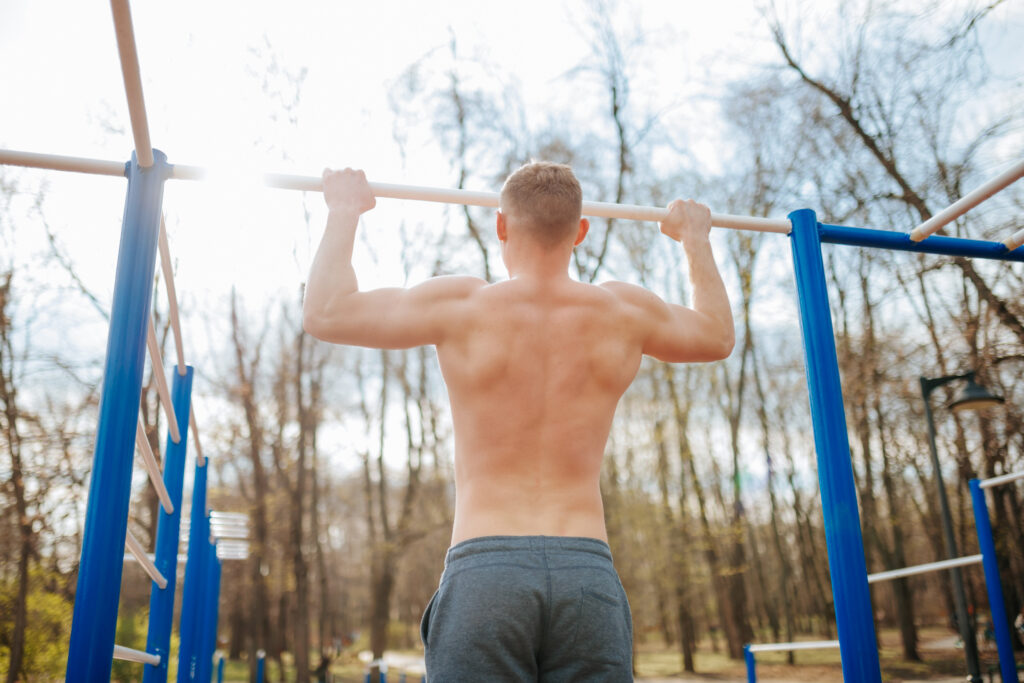Leg raises are a fantastic exercise to target the abdominal muscles, especially the lower rectus abdominis, which is a part of what many people refer to as the “six pack.” When you perform leg raises, you engage the core muscles to stabilize the spine and pelvis while raising and lowering your legs. This action requires significant effort from the abdominal muscles, particularly as you keep your legs straight and control their movement.
Here’s a simple breakdown of how leg raises work the abs:
- Engaging the Core: When you start the leg raise, you have to engage your core muscles to maintain a flat back against the floor or a bench, ensuring that there’s no undue stress on the spine.
- Working the Lower Abs: As you lift your legs, the lower part of the rectus abdominis – the muscle group responsible for the appearance of the “six pack” – is activated. This is especially true when you raise your legs to a point where they’re perpendicular to the ground.
- Stabilizing the Spine: Your transverse abdominis, which is the deepest of the abdominal muscles, works as a stabilizer during leg raises. It doesn’t directly contribute to the “six pack” look but is crucial for core strength and stability.
- Controlled Movement: The downward phase, where you lower your legs back to the starting position, also requires engagement of the abs. Controlling this descent rather than letting gravity take over ensures that the muscles are continually working throughout the exercise.
While leg raises are effective for targeting the abdominals, it’s important to remember that achieving a visible six pack also requires reducing body fat. This can be accomplished through a combination of resistance training, cardiovascular exercise, and a balanced diet. So, while leg raises will help strengthen and define your abdominal muscles, you’ll also want to incorporate a holistic approach to see the best results.

